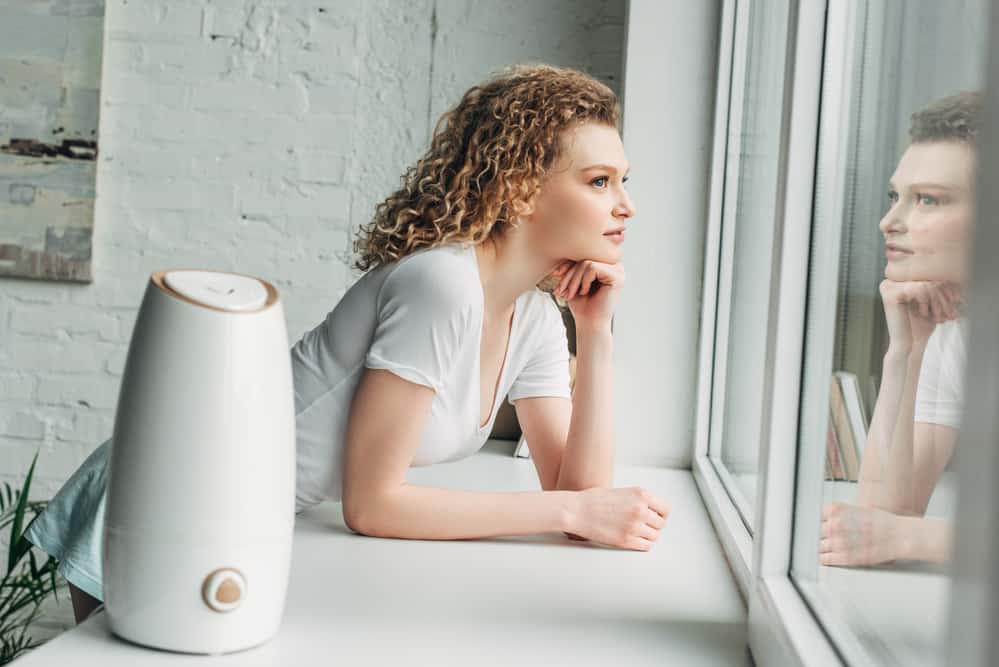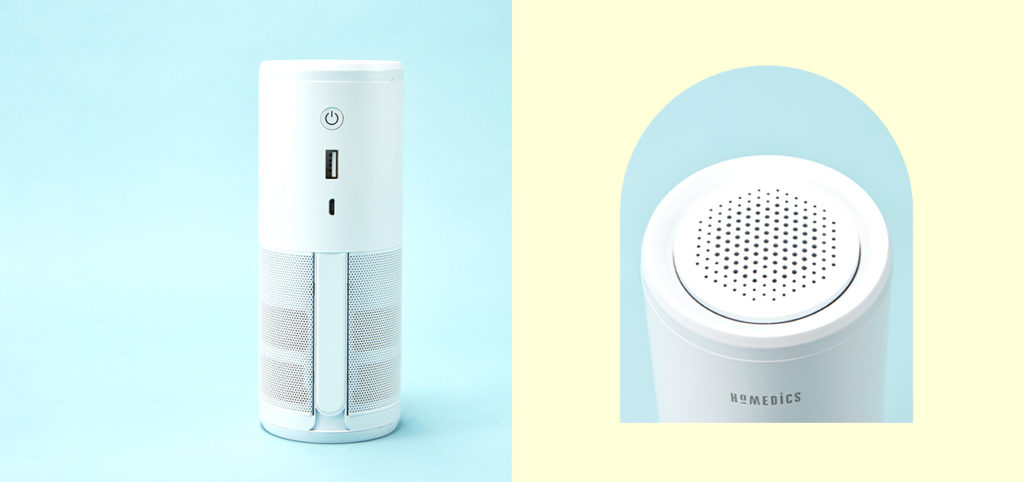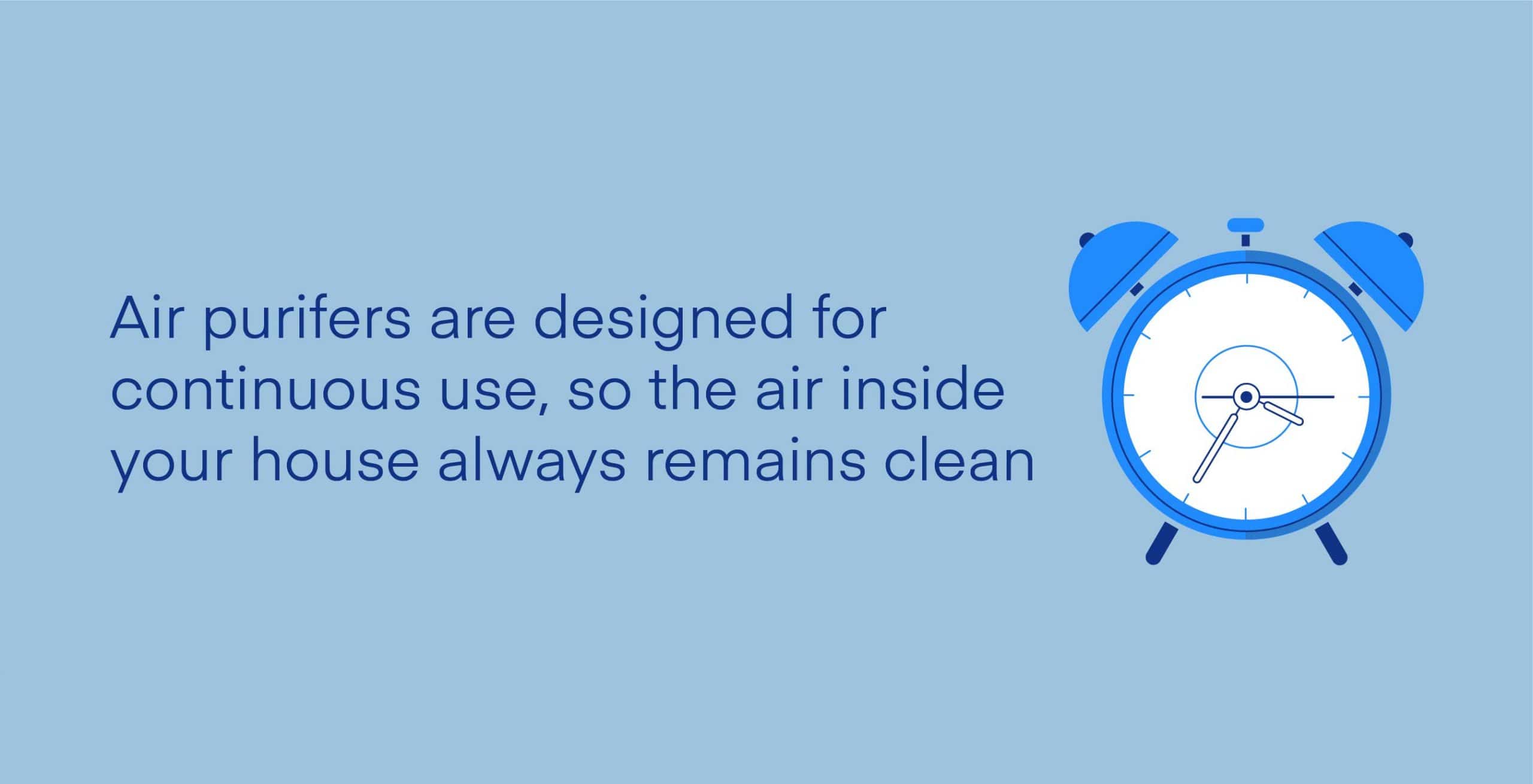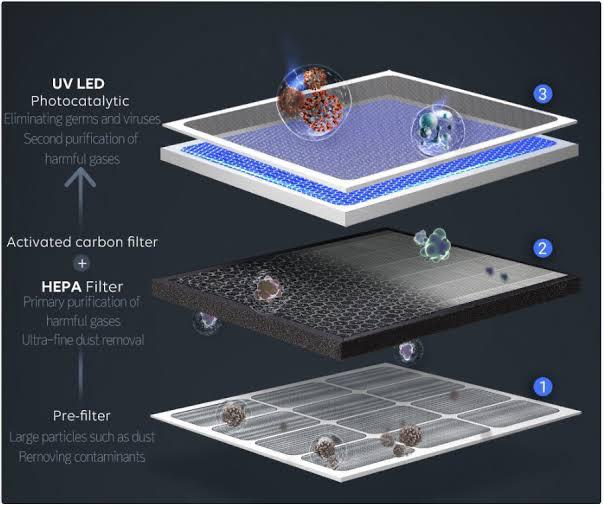Table of Content
However, there are some important things to be aware of regarding their effectiveness and health impacts. On average, Americans spend 90% of their time indoors, and just like the outdoor world, there can be pollutants in your home. Lindsay lives in Northern California with her husband and two sports-obsessed sons. In her free time, she enjoys ultra running, triathlon, camping, and game nights.

For example, they may send out negative ions that attract particles through static, and neutralize them. In this condition, it is not appropriate to buy a cheap air purifier with a HEPA-like filter with non-tight housing and no gas absorber. This kind of air purifier is only designed to curb mostly visible dust and is only good for all around cleaning.
Ways To Reduce Moisture Levels in Your House
In one study, HEPA air purifiers significantly decreased allergen concentration in both the air and bedding. As someone who lives in wildfire territory, I’ll probably be investing in an air purifier this year, or perhaps making my own. Tell us in the comments if you’ve tried an air purifier in your home and what benefits you experienced, if any.

But it can be hard to know exactly how bad it is, especially in your own home. Simply put, improved indoor air quality will help you breathe better. Minimum efficiency reporting values measure the effectiveness of an air filter at trapping larger particles.
How Your Home’s Humidity Affects Indoor Air Quality
Research shows that HEPA air purifiers can reduce indoor toxins produced by 3D printers, although it is more effective if the filter is built into the printer itself. Research has shown that HEPA filters are highly effective at removing fungi, mold, and other allergens from indoor air. It is important to note that only a true HEPA filter will work in this capacity. Many other filters in the market, even the ones marketed as HEPA-like, do not have this capability.

Not only may your home be a source of airborne allergens and mold, but it may also be a source of indoor toxins from cleaning products, personal care products, and more. Like allergens, indoor mold particles can become especially dangerous for people with asthma and other lung conditions. Air purifiers may work to some degree, but filtration is far more effective in getting rid of mold in the air. An air purifier may work in conjunction with a high-efficiency particulate air filter, the latter of which is best known to trap airborne allergens. The exact particles removed via an air purifier ultimately depends on the type you choose. Certain versions are made with filters to trap particles as air runs through them, while others may neutralize other particles in the air without filtering them first.
Filters In Air Purifiers: How Do Home Air Purifiers Work?
The Good Housekeeping Institute recommends the Kenmore Floor Care Elite Upright Bagged Vacuum. Verywell Health uses only high-quality sources, including peer-reviewed studies, to support the facts within our articles. Read our editorial process to learn more about how we fact-check and keep our content accurate, reliable, and trustworthy.

This results in less frequent and less intense allergy and/or asthma attacks. Yes—and they can be particularly helpful for people who suffer from pollen or pet-related allergies. “Pet allergens stay suspended in the air for months at a time, even if the pet is no longer in the home,” explains Dr. Elliott. “Air purifiers that can capture fine particulate matter are your best bet. It is also helpful for people with pollen allergy, as we inevitably track pollen into the home from our clothes, shoes and hair.” By “fine particulate matter,” she means dust, pollen, mold and the like.
Dyson Pure Hot And Cool Air Purifier, Heater And Fan
Clinical Trials As part of our mission to eliminate cancer, MD Anderson researchers conduct hundreds of clinical trials to test new treatments for both common and rare cancers. This might assist in keeping your unit’s engine running smoothly. The issue with cooking odors is that they can stay for an extended period, and everyone else could perhaps spoil the scent and flavor of whatever you’re cooking. Cooking odors come from dirty meals and pots and meals left for several hours.

But if a HEPA system is run over a period of time, it can take out a big chunk of viruses — somewhere in the high ninetieth percentile (99.94 to 99.97%). And long enough exposure to the UV light in an air purifying device can disable some viruses, including COVID-19. Instead, they’re designed to kill any viruses, bacteria or mold spores floating around by exposing them to ultraviolet light. HEPA stands for “high-efficiency particulate arresting.” As the name suggests, these filters are really good at pulling things out of the air and holding onto them so that they can’t be recirculated. The fibers in a HEPA filter are designed to trap particles as small as .01 micron in diameter — just a tiny fraction of the width of a human hair. Sanitizers are designed to kill bacteria, viruses, mold or fungal spores that can also be floating around.
We support clean air for all and we know it’s possible for every single indoor space. As such, the novel coronavirus that causes COVID-19 should get filtered out by air purifiers using HEPA. In that way, such air purifiers could help to reduce the transmission of the virus. However, whether that means these purifiers can stop direct transmission — say an infected person sneezes or breathes out viral particles a few feet from you — is not clear. The air purifier takes time to capture these particles and by the time the air gets pulled into the purifier, it might have already made its way up your nose. They're effective at filtering out most polluting particles, although some are likely to still remain on soft and hard surfaces like furniture or walls.

The CADR indicates the amount of clean air a purifier can produce at its highest fan speed. If the unit can successfully filter tobacco smoke, dust and pollen particles at a certain rate, the manufacturer will submit the purifier for AHAM verification. The most comprehensive air purifiers include True HEPA filters, a high CADR rating, activated carbon filtering, and a UV light source to reduce viruses. Air purifiers improve indoor air quality, limiting your exposure over time to harmful pollutants. When you take a deep breath, you want to fill your lungs with fresh, pure air—not dirty air filled with allergens and dust.
Aim to put your air purifier where there is air flow, and where you believe there is a high concentration of pollutants. For example, place it on a side table, mount it on the wall, or place it near a door or window. Consider HEPA filtration, which has been the most extensively studied and proven to filter particles as small as 0.3 microns.
Regardless of the purification method, they all follow a general pattern. The EPA and many doctors agree that air purifiers are helpful—especially if the outdoor pollution is high, or if it’s too cold to throw open your windows and let in tons of fresh air. Despite their promises, are air purifiers a reliable solution to get rid of indoor pollutants?
The most basic filters will be able to trap larger clumps of dust and dirt. These filters get more and more efficient, all the way up to HEPA grade filters. Dust and other debris accumulate in your furnace, central A/C and ductwork. Installing a whole-house air purifier will reduce maintenance on your home’s comfort systems. A UV air purifier will decrease the amount of dust and microorganisms accumulating in your home, reducing the amount of cleaning you need to do. By adding an air purifier to your home, you can ensure that pollutants that cause breathing issues and health problems are eliminated from the air.



No comments:
Post a Comment